D-Carb, a new CO2 reduced white umbrella brand, supports industry-wide decarbonization efforts. The first product, CEM II/A-LL 52.5R, matches a lower carbon footprint with 15% less of CO2 emissions compared to Aalborg White® CEM I 52.5R. In the view of co-designing in a joint effort with customers in the precast sector, Cementir Group launched at the Group Research and Quality Center laboratory a testing program to understand the advantages of using D-Carb in their context.
The base mix design used for the program was a self compacting concrete of the class SF2 (Figure 1). To test the concrete the Aalborg White® CEM I 52.5R was replaced 1:1 by D-Carb.
Immagine
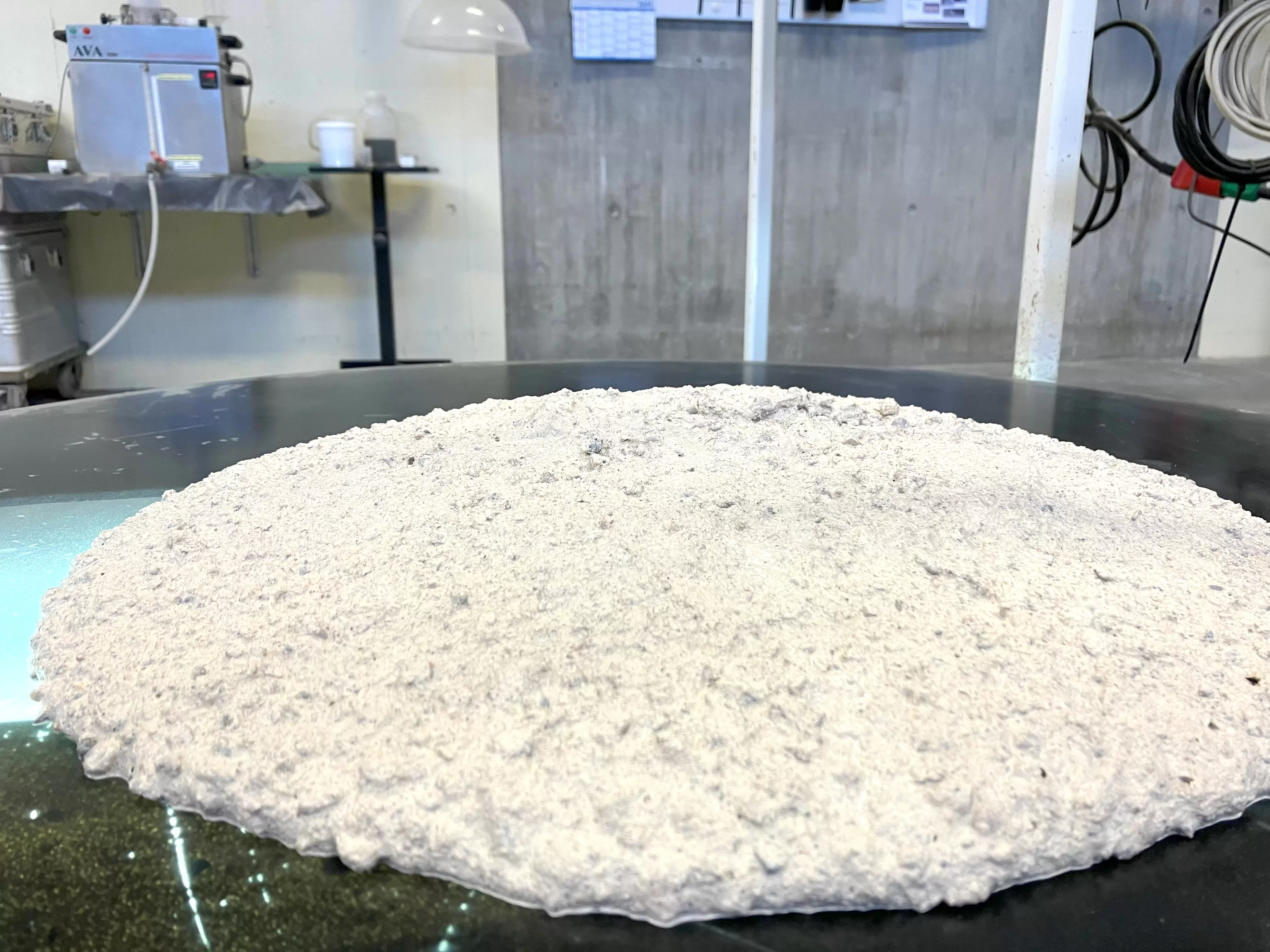
Figure 1 With self compacting concrete for the Precast Sector.
Performance results
Fresh state
Our results showed that in exchange for a slight increase of 0,05% in superplasticizer demand concrete mixes with D-Carb are expected to be more stable and specially less prone to sudden workability loss than the CEM I counterpart.
Immagine
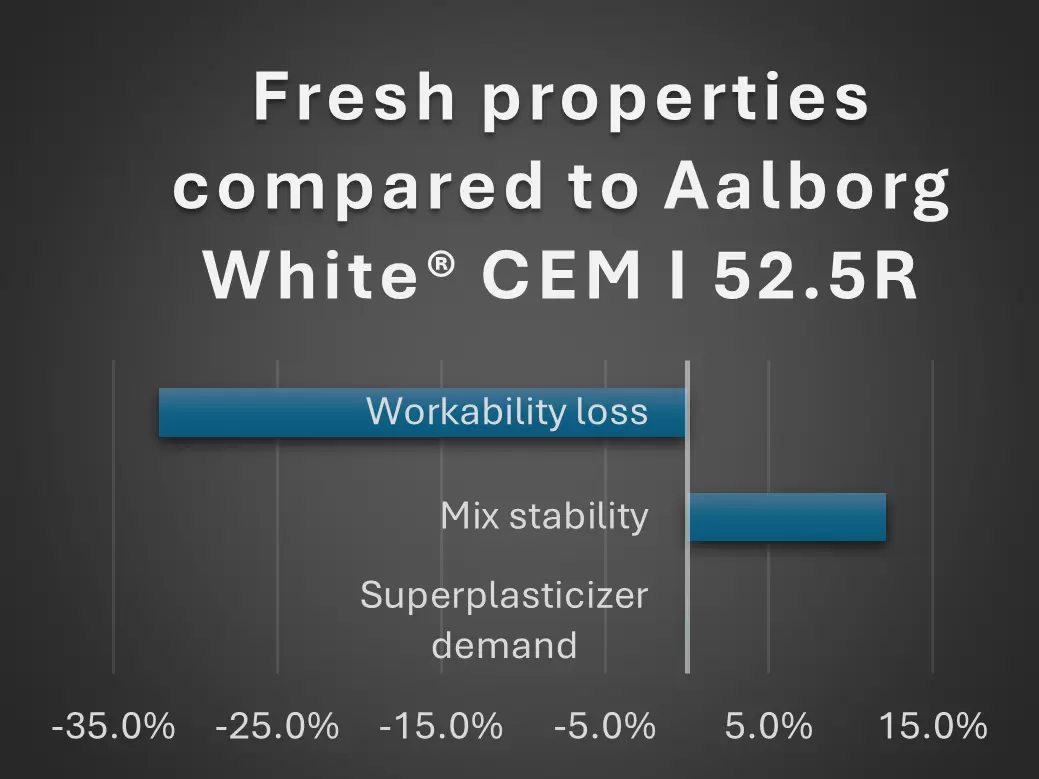
Compressive strength
When producing precast concrete elements, the one-day strength of the products is a production requirement, results show that using a low CO2 product does not lead to relevant compromises with regards to compressive strength development. D-Carb concrete was able to perform in equal terms at 7 and 28 days and meeting 20 MPa of strenght target at one day. Therefore, at the same performance a 15% lower CO2/MPa can be obtained by switching from CEM I to D-Carb.
Immagine
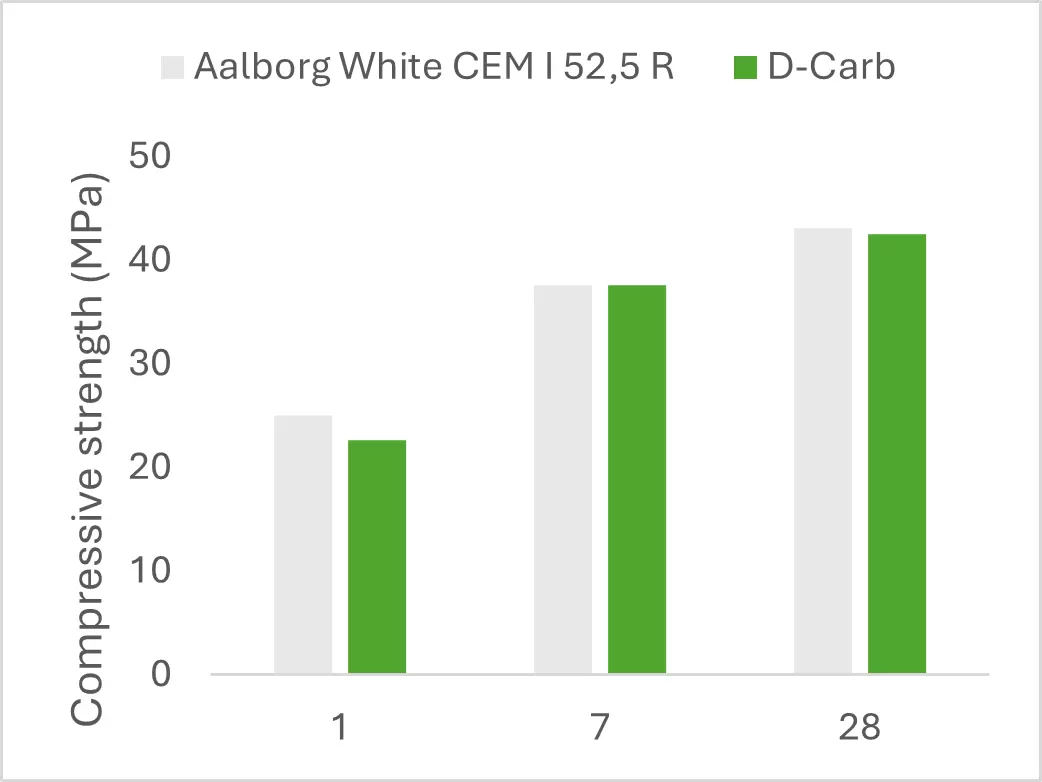
Whiteness
Being D-Carb a white product it is key that whiteness is kept at similar levels; to verify this feature, the color evolution of the concretes was measured. To keep perspective of the values we added a limit for human perception, our results showed that while in the first day the concrete with D-Carb can appear slightly less white , from the third day onwards the difference is within perception threshold, showing once again that no compromises are needed to go on with a transition to more sustainable concrete.
Immagine
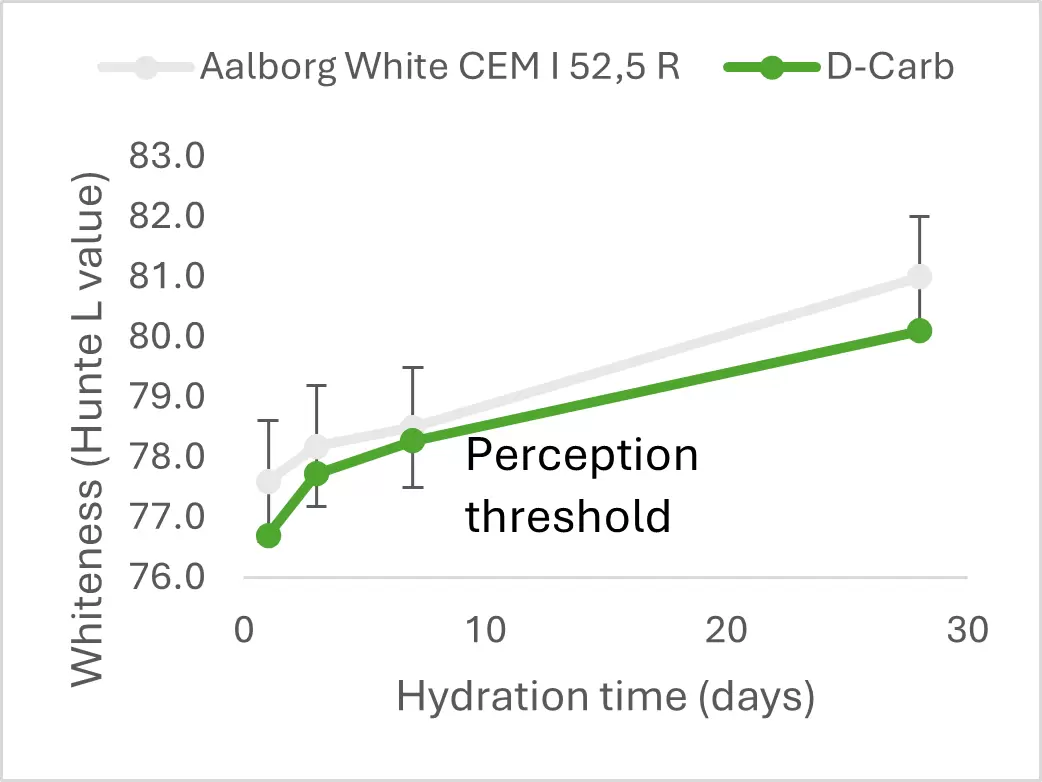
Conclusions
The results in the Group Research and Quality Center of Cementir Holding of showed that concrete for the precast sector made with D-Carb can expected to be:
• Similar in superplasticizer demand, but more stable in self-compacting formulations and specially retains more workability.
• As the cement can be replaced 1:1 in the formulation tested, the concrete made with D-Carb has 15% lower CO2/MPa.
• In terms of whiteness, the different in performance is so slight and within perception threshold that only very keen observers can detect, adding on top of the good rheological and mechanical performance an excellent color.
DISCLAIMER:
THE HIGHEST CARE HAS BEEN TAKEN TO PROVIDE ACCURATE, UPDATE AND COMPREHENSIVE INFORMATION. HOWEVER, CEMENTIR HOLDING N.V. OR ITS AFFILIATES (THE “COMPANY”) SHALL NOT BE HELD RESPONSIBLE FOR ANY CONSEQUENCES ARISING FROM ANY ERRORS OR OMISSIONS IN THE PUBLISHED MATERIALS NOR FOR ANY DAMAGE OR ACCIDENTAL LOSS RESULTING FROM THE USE OF THE INFORMATION HEREIN. THE COMPANY RESERVES THE RIGHT TO MODIFY, THROUGH DEVELOPMENT OF IMPROVEMENTS OR ELSE, THE PRODUCT DISPLAYED OR THE INFORMATION RELATED THERETO WITHOUT NOTIFICATION.
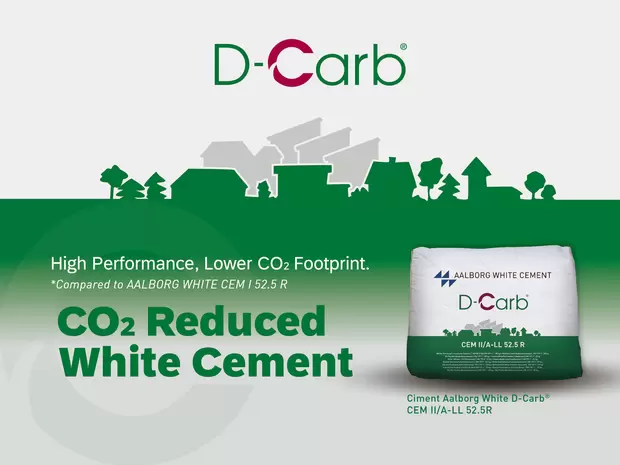
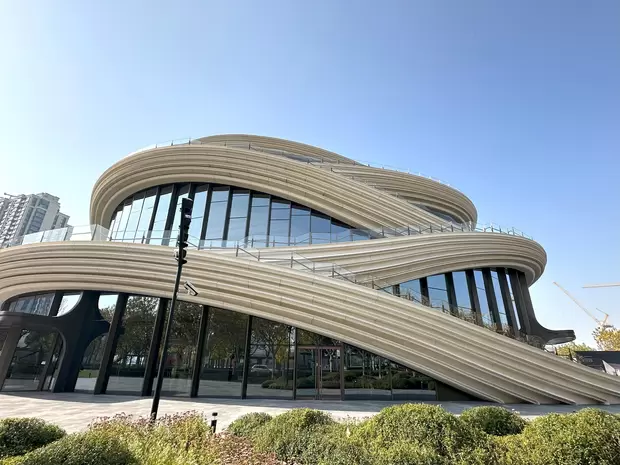
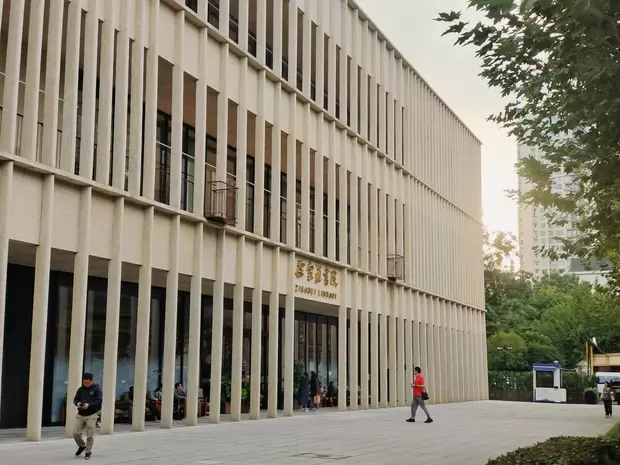

Share on